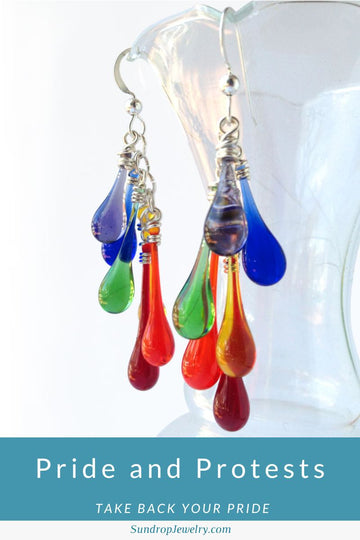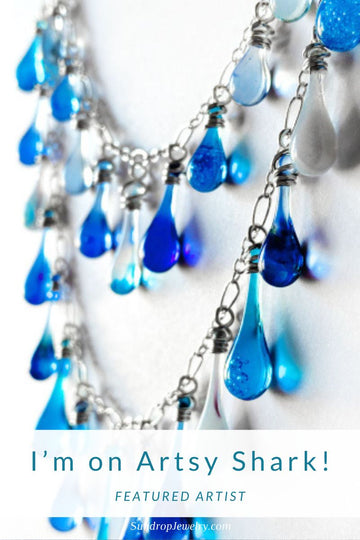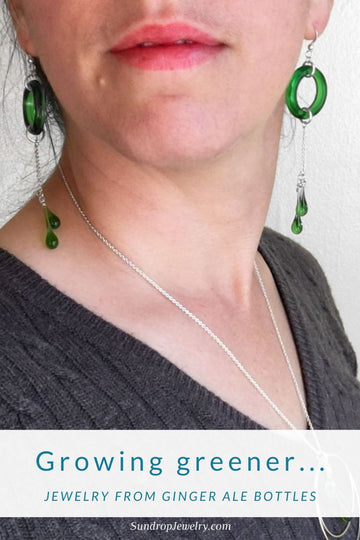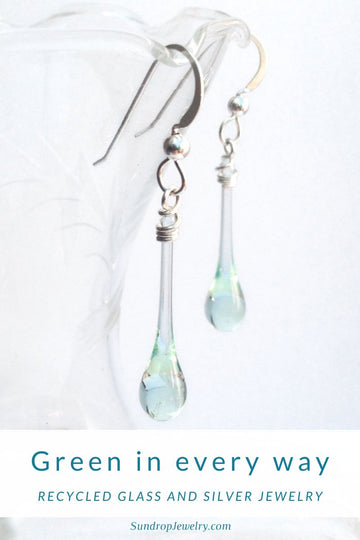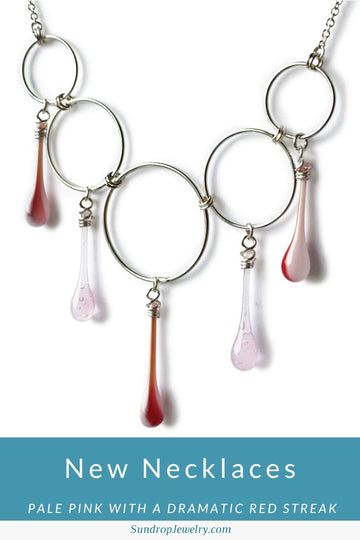After 3 years in business, we finally recycled our silver scraps. Not that we used to throw them away, it just took us that long to accumulate enough scraps (tag ends of wire, bent ear hooks, botched wrappings, tarnished pieces, various failed experiments, etc.) to be worth sending in for recycling.
How much scrap did we produce in 3 years? 9.19 ounces. I could easily hold it all in my cupped hands.
We mailed our scraps to Rio Grande, our supplier of jewelry findings and where we got all our silver in the first place. Rio Grande offers 75% of market value in store credit or 65% of market value in cash. The price of silver was about $14.50 per ounce, and as regular customers we took our $99 in store credit.
Rio Grande will heat our scraps of sterling silver to 1640° F and pour the molten metal into molds.
Most of the silver we use is in the form of wire. To make wire, a narrow bar of silver is pulled through a tapered hole in a draw plate, lengthening the silver and reducing its width. The silver is pulled through successively smaller holes to make wires of various sizes. Some of that wire is subsequently shaped into other items, including the ear hooks and jump rings we purchase. We also use 18, 20 and 22 gauge wire.
Although Rio Grande accepts and recycles scrap silver, the recycled metal is not kept separate from virgin metal in the manufacturing process. As Erin blogged previously, we have still not been able to find any sources that publish or keep track of their recycled silver content. In general the precious metals and mining industries have a rather poor record of helping their customers consume responsibly. Consumers would do well do start demanding to know where their metal came from, and how it was extracted.
Update January 4, 2010: We can (and do) now source recycled silver wire for all our wire wrapping.
Update July 15, 2015: Finally recycled silver ear hooks are available as well as recycled silver wire - and we're using them!

